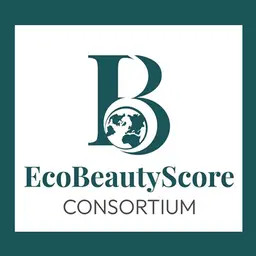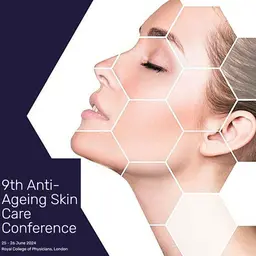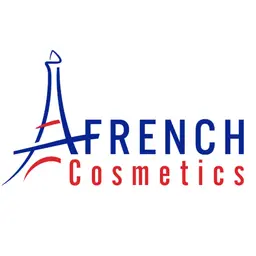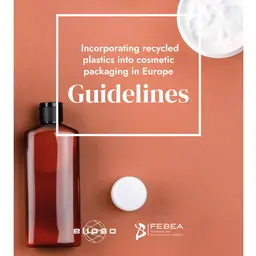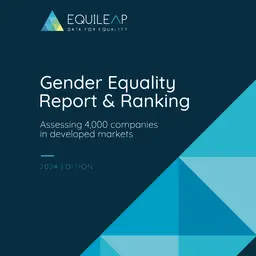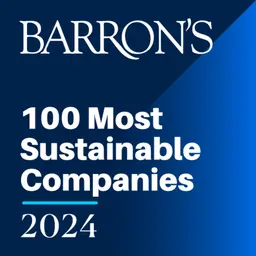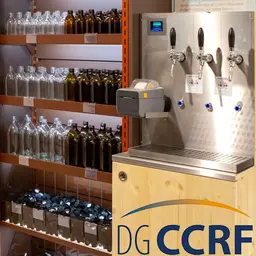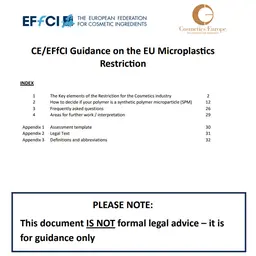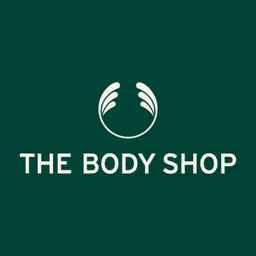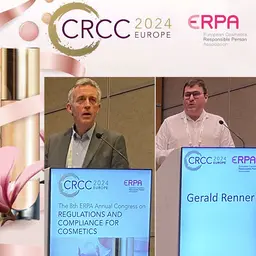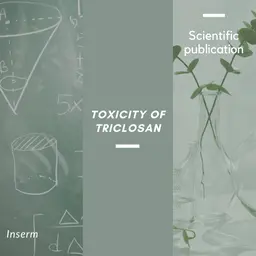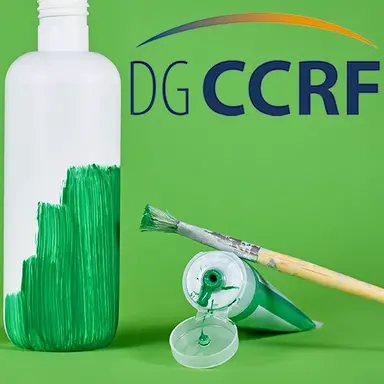
In an advice sheet aimed at the general public, the French DGCCRF (General Directorate for Competition, Consumer Affairs and Fraud Control) has drawn up a list of the traps set for consumers by environmental claims that are “too green to be true”. This is an opportunity to remind of the rules and penalties, particularly in the cosmetics sector, whose products are widely cited.
“Organic, sustainable, recyclable, eco-designed… Environmental claims are multiplying on our clothing, cosmetics and household products,” introduces the DGCCRF.
After explaining what is meant by “greenwashing” (a practice aimed at influencing consumer choices by means of unfounded, misleading or disproportionate environmental claims or information), it draws up a list of the “traps” set by the industry.
The trap of appearance
This involves abusing or misleading the consumer by giving a product that is not environmentally friendly the appearance of being so.
The DGCCRF gives a few examples:
• A packaging that refers to nature: mountain landscapes, green packaging or packaging with leaves or trees;
• The mention of “recycled” or “recyclable”, which may give the impression that it refers to the entire product, when in fact it may only refer to the packaging or part of the product;
• The use of a pictogram or symbol resembling a recognised label…
The trap of over-promising
A real quality, a special feature, a component is highlighted even though it covers only a tiny part of the environmental impact of the product analysed over its entire life cycle. “It’s the tree that hides the desert,” comments the DGCCRF.
Here are some examples:
• A …

